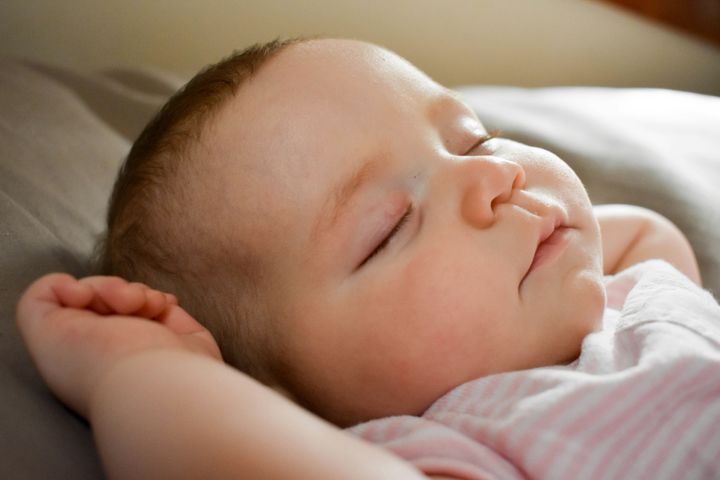
As parents, knowing exactly what is wrong with young babies can sometimes feel impossible and even when you do have the answer, you may find yourself doubting your own knowledge and instincts.
This is especially true when it comes to keeping their temperature regulated and monitored. Between the fights to keep socks ON during chillier temperatures, and ensuring that they aren’t overheating overnight, it can feel like a full-time job.
During this time of year, when the weather is a little unpredictable as we transition into Autumn, keeping this in check is essential.
While the chill may bring with it the instinct to bundle the baby up with extra blankets and cosy accessories, experts warn that this approach can increase the risk to the baby – and even increase the risk of SIDS (sudden infant death syndrome), according to Kubanych Takyrbashev, MD, who is working with parenting experts Baboodle.
How to keep on top of your baby’s body temperature
Worried about temperature? Check their chest first
Wondering if the baby feels too hot or cold? Forget checking hands or feet - they’re usually cooler anyway. Instead, feel your baby’s chest or the back of their neck. If the skin feels clammy, your baby might be overheating, and it’s time to adjust their layers. Takyrbashev added:
“The ideal room temperature for a baby’s sleep environment is 16-20 Degrees Celsius (oC). Parents can check this using a room thermometer and then use clothing layers as appropriate.”
Choose layered sleepwear over extra blankets
Opt for a base layer under a baby sleeping bag rather than piling on the covers, as this helps to keep your baby cosy without the risk of loose bedding, Takyrbashev advises.
“As the weather begins to cool off, parents are tempted to put extra pillows and blankets into their infant’s cot, which can greatly increase the risk of SIDS. The safest approach is to dress babies in proper sleepers rather than having free-standing bedding.”
Get to grips with a TOG chart
Takyrbashev said: “Not all parents know that baby sleeping bags generally have a TOG rating (ranging from 0.5 TOG to 2.5 TOG), like a secret code for perfect sleep.
“A 2.5 TOG sleeping bag usually does the trick for cooler nights. The best part? You can find TOG charts online that offer simple guidance on how to dress your baby based on the specific conditions of their sleep space; no guesswork is needed.”
“With traditionally cooler weather, a tog of 2.5 is generally sufficient. Just remember that if the baby seems cold, don’t put more blankets on the sleeping bag; add another loose layer underneath the sleeping bag.”
Ditch the hats when you are indoors
As adorable as baby hats are, when you’re indoors, ensure that the hat is removed to help regulate your baby’s temperature.
“Babies regulate their temperature through their heads, so leaving it uncovered helps prevent overheating. Hats are best reserved for outdoor strolls in crisp air.”
Who knew it was all so complex?!